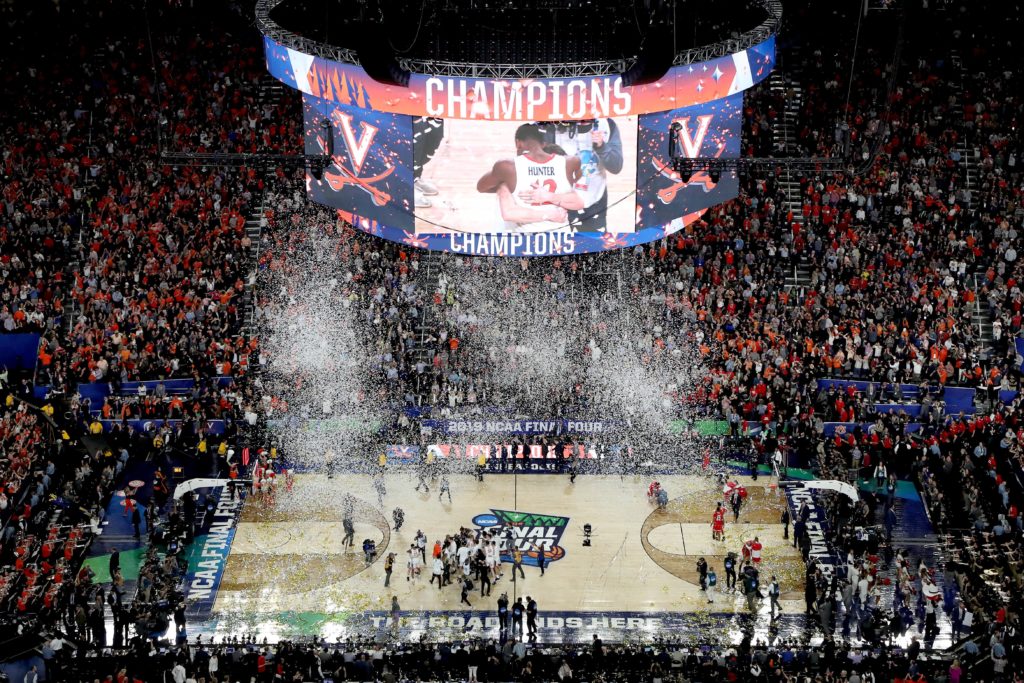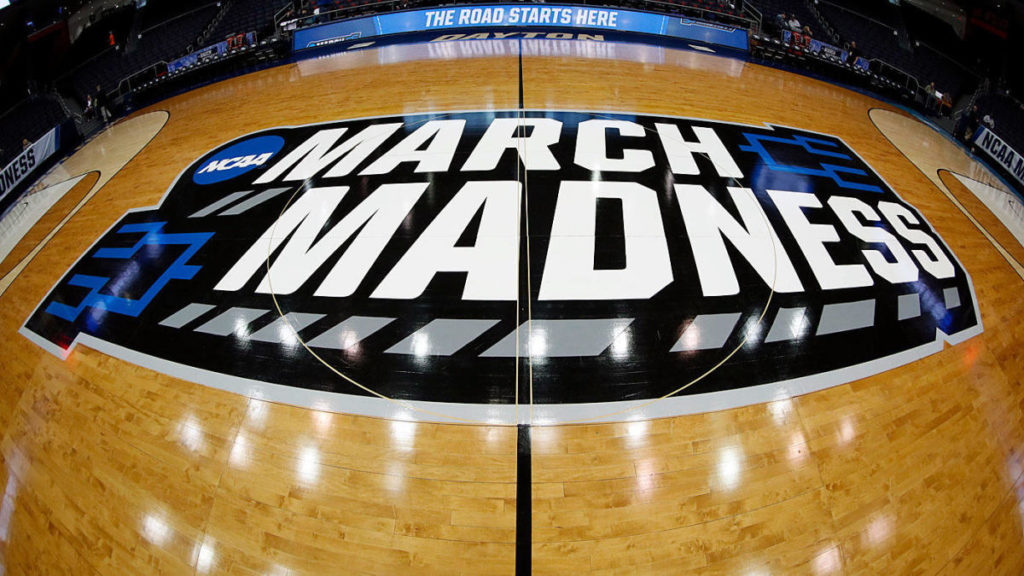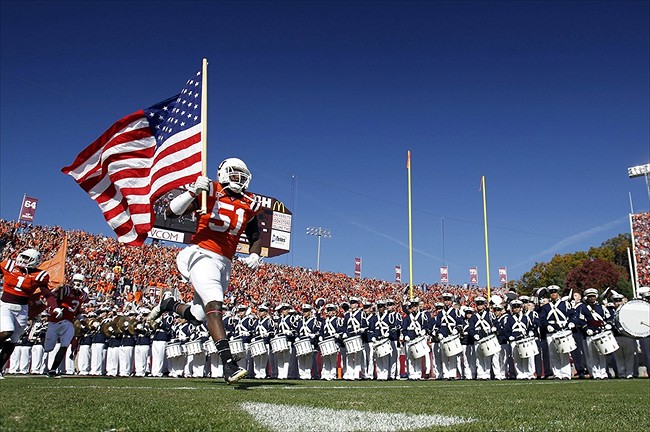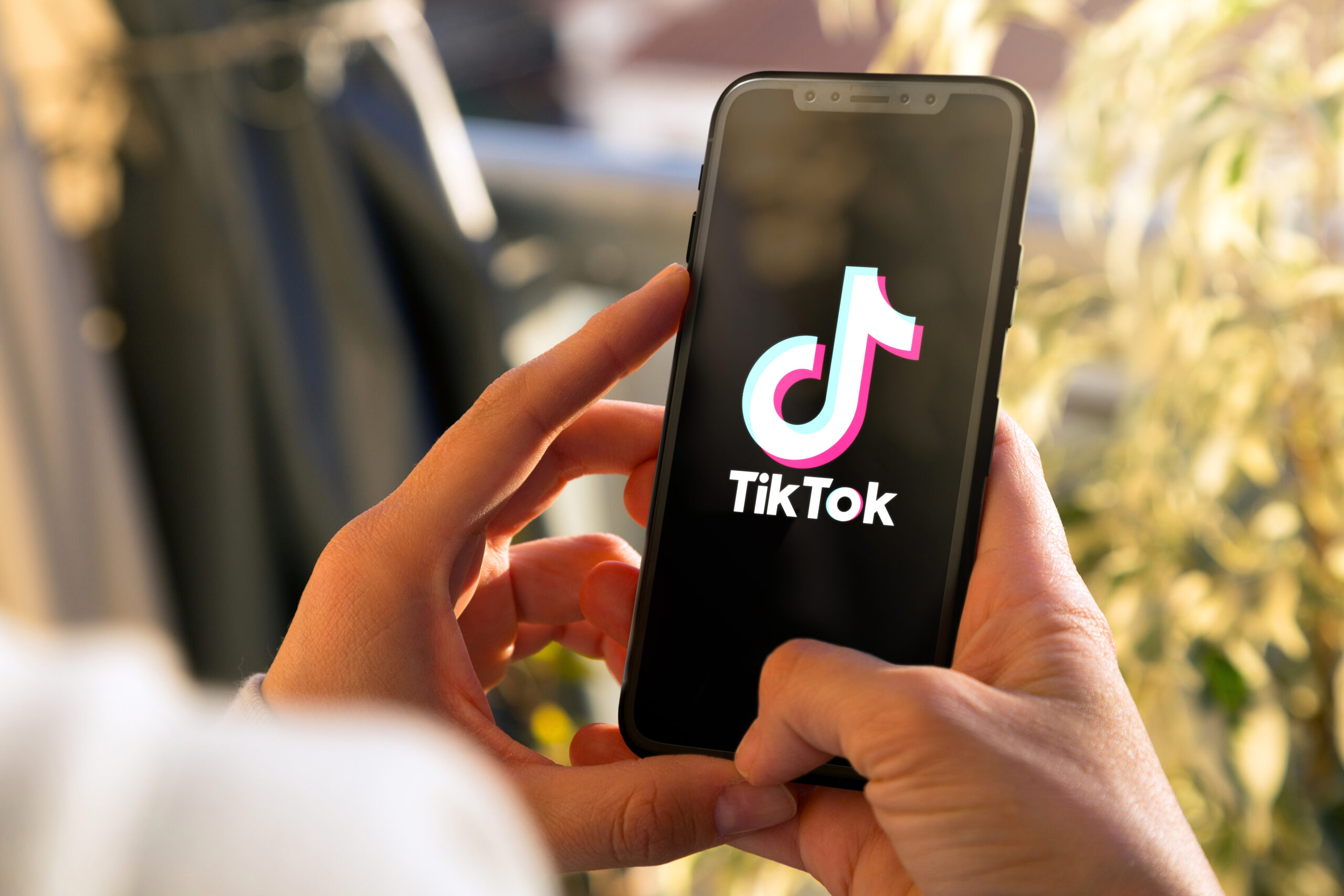If you were asked to identify a popular sports tournament by the engagement stats below, what would your guess be?
- 100 million users watched this tournament digitally
- Videos on the tournament’s official social media platforms generated 135 million views
If you are already thinking of any professional sports tournament, then well… you are mistaken! As crazy as it may sound to a non-American reader, the right answer is the NCAA Division I Men’s Basketball Tournament, a US College sport better known as March Madness.

For those who are not familiar with it, March Madness is a single-elimination tournament, which currently features 68 college basketball teams battling it out for the national championship.
Like all college tournaments, March Madness is considered an “amateur” sports competition, meaning that players involved are not paid as otherwise they would lose their amateur status.
The 2019 edition of March Madness ended just last weekend with the University of Virginia defeating Texas Tech University 85-77 to claim its first championship.
An average 19.63 million tuned in to watch the championship game live on television, whilst 72,062 people filled up the US Bank Stadium in Minneapolis, Minnesota, to eyewitness the event – more than last year’s Champions League Final!
But how can a college tournament be so popular in a country that also boasts some of the best professional leagues in the world such as the NBA, NFL and MLB?
Firstly, despite still being young and amateur, some of these college players are destined to become the next big names in sports. Sticking with basketball as an example, NBA stars Stephen Curry, Russell Westbrook and James Harden (among many many others) come from college basketball and all had their March Madness experiences before starting their professional careers.

It is also worth noticing that the NBA, NFL and MLB are all professional leagues with franchises that are privately owned for profit. Franchises can therefore move from one city to another should this mean making more money.
On the contrary, local colleges have been in their cities for generations and are strongly tied with their local communities, which means that they are more representative of certain areas and have the most passionate and loyal fans.
Furthermore, colleges have often been around for longer compared with professional leagues, which is another reason why loyalty is deeper and rivalries more intense.
It is probably for these reasons that basketball teams of Universities such as Kentucky or Syracuse managed to register an average attendance of over 21,000 people throughout the 2017-18 regular season. For comparison, this was more than some professional Premier League teams’ end of season averages, including Burnley, Swansea City, Watford and Bournemouth, in the same timeframe.
Given their popularity, it is quite easy to see why brands are willing to invest their money and resources in college sports in the US. In the 2016-17 season for example, sponsorship spending on college athletics in the US reached $1.18 billion and was expected to total $1.24 billion in the following season.
Brands’ appetite for college sports is not limited to sponsorship only though. According to Kantar Media, which specialises in media intelligence, ad spending on March Madness has reached a staggering $1.3 billion in 2019, a close second to the NFL with $1.6 billion. In addition, a 30-second spot during the NCAA post-season championship cost $1.5 million in 2015.
Considering all of the above, it would be fair to refer to college athletics in the US as “professional” amateur sports, with brands willing to spend big money on them and with a loyal and passionate following cheering on the next generation of sports superstars.






